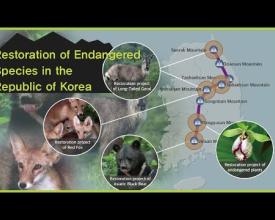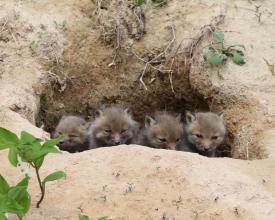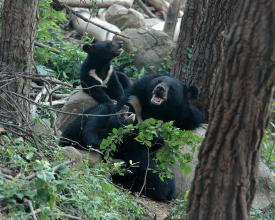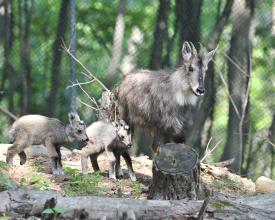
Achieving Co-Existence: Restoration of Endangered Species in the Republic of Korea
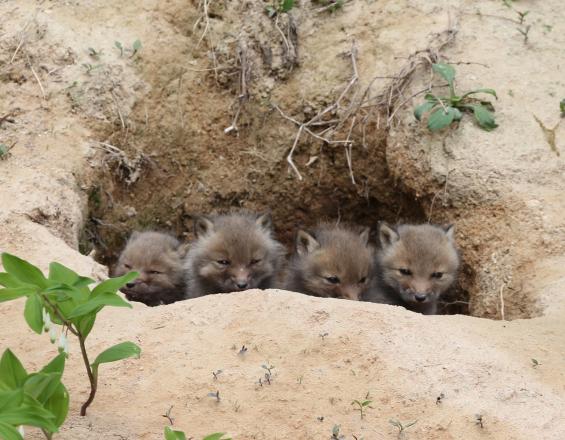
Since 2002, the Ministry of Environment of ROK through the Korea National Park Service (KNPS) has re-introduced 51 Asiatic bears (Ursus thibetanus ussuricus), 22 long-tailed gorals (Naemorhedus caudatus) and 118 Korean red foxes (Vulpes vulpes peculiosa) in Jirisan, Woraksan, and Sobaeksan National Parks, respectively. Restoration programmes are long-term and implemented systematically, using a three-step process: planning, restoration, and feedback. The successful re-introduction of these endangered species in the wild has promoted biodiversity and healthy ecosystems.
Context
Challenges addressed
Location
Impacts
Asiatic black bear
The Asiatic black bear restoration project is being implemented in Jirisan National Park. Since 2004, 51 bears have been released. Currently, about 69 bears are inhabiting the restoration area, comprising 20 released animals and 49 natural births. In 2018, the project realised its goal of achieving a Minimum Viable Population (MVP) of 50 animals, two years earlier than the original 2020 target Among the 69 bears.
Long-tailed goral
The Long-tailed goral restoration project has been implemented since 2006. Twenty-two Long-tailed gorals have been released in total. Currently, some 102 Long-tailed gorals inhabit the Woraksan National Park, surpassing the original goal for Phase 1 of 100 animals.
Korean red fox
The Korean red fox restoration project is being implemented in Sobaeksan National Park. One hundred and eighteen Korean red foxes have been released since 2012, and the goal of achieving an MVP of 50 animals was reached much earlier than planned. Currently, about 67 foxes are inhabiting the park, comprising 53 introduced animals and 14 natural births.


